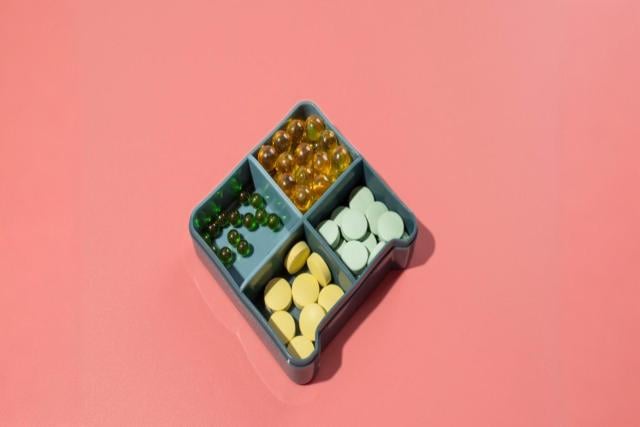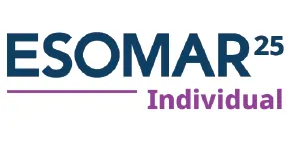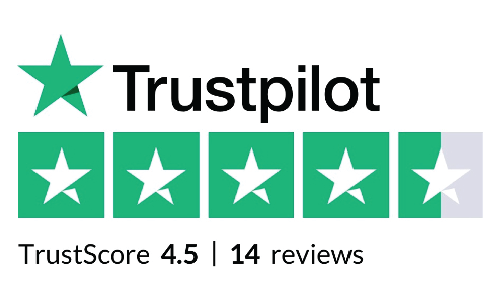
Empty capsules have long been the cornerstone of the drug distribution. As one of the most commonly used forms of drug distribution, empty medication capsules act as a versatile and effective tool for managing a variety of medicines. Their ability to meet both fixed and liquid drug formulations provides the opportunity for controlling and targeted distribution, which improves the patient's compliance and medical results. Over the years, progression design and progress in materials have increased their role in drug applications, especially in areas such as controlled liberation and targeted therapy.
Pharmaceutical capsule application: Beyond traditional pills
Pharmaceutical capsule Applications extend far beyond the traditional pill format. In addition to their role in oral drug distribution, empty capsules are now used for more complex applications, such as biology and sensitive medicines that may otherwise be low in the digestive system. The development of capsules capable of understanding gastric acid or reaching the gut-only breaks only allows accurate drug release at the scene of action. This progress is especially important for unstable or poor bioavailability medications, such as protein and peptides, which are often used in advanced treatments such as cancer help and handling autoimmune diseases.
Innovative technologies in capsule materials, such as natural polymers such as alginate or hydroxipile methyl cellos, enables manufacturers to create capsules with specific release profiles. These improvements not only increase the stability and effect of medicines, but also reduce the side effects by gradually releasing the medicine in the bloodstream.
Checked liberation: Precision in drug distribution
One of the most important properties of the modern capsule with a drug delivery system is the ability to control medicines in a controlled and continuous way. Controlled liberation cabinets allow the medicines to be absorbed for an extended period of time and eliminates several doses throughout the day. This is especially beneficial for chronic conditions, such as diabetes or high blood pressure, where it is important to maintain the level of stable blood circulation.
The controlled release mechanism of these capsules ensures that medicines are gradually released, leaving the peaks and troughs attached to the standard pellet. This results in more consistent therapeutic effects, improved patient outcomes, and fewer side effects. For example, controlled-release capsules are often used for medications such as painkillers, where the active ingredient can be released over hours or days, providing extended relief from pain without the need for frequent doses. However, the production of these specialized capsules involves various factors that can influence the cost in the Empty Capsules Industry, including the choice of materials, the complexity of the manufacturing process, and the scale of production. Advances in nanotechnology, the use of specialized excipients, and stringent quality control measures can increase production costs but ultimately lead to higher-quality capsules with better therapeutic benefits. By understanding these factors, companies can better navigate pricing and optimize their purchasing strategies to ensure they get the most value without compromising on the quality or effectiveness of their drug delivery solutions.
Drug Encapsulation Technology: Enhancing Drug Stability and Efficacy
Drug Encapsulation Technology: Enhancing Drug Stability and Efficacy
Drug encapsulation technology has also evolved significantly, with innovations that improve the protection of sensitive drugs from environmental factors like heat, moisture, and digestive enzymes. This is particularly important for drugs such as proteins, peptides, and monoclonal antibodies, which are prone to degradation in the stomach or intestines. Encapsulating these drugs inside a protective shell helps to maintain their stability, ensuring that they remain effective when they reach their intended target.
Moreover, the use of nanotechnology and advanced materials in drug encapsulation is expanding the potential of capsule-based drug delivery. By employing nanofillers or novel polymers, scientists can enhance the mechanical strength and release characteristics of capsules. This enables the creation of capsules that are not only more durable but also capable of delivering higher doses or more complex drug formulations, such as biologics, through non-injection methods.
Capsule Drug Delivery Systems: Improving Patient Compliance
Capsule Drug Delivery Systems: Improving Patient Compliance
The convenience of capsule drug delivery systems cannot be overstated. Oral capsules are easier for patients to take compared to injections, making them a preferable option for many individuals who suffer from chronic conditions. For patients with conditions requiring frequent medication, such as diabetes or rheumatoid arthritis, the ability to take their medication in capsule form significantly enhances treatment compliance.
Additionally, the development of more advanced empty capsules in drug delivery has expanded the possibilities for patients with specific needs. For example, some capsules are designed with specialized coatings that allow the drug to be released only when the capsule reaches a specific area of the gastrointestinal tract. This targeted approach is ideal for treating localized conditions, such as inflammatory bowel disease, or for drugs that need to be absorbed in the intestine rather than the stomach.
A Bright Future for Capsule-Based Drug Delivery
As the pharmaceutical industry continues to evolve, the role of empty capsules in drug delivery will only become more crucial. With innovations in materials, design, and drug encapsulation technologies, capsules offer a flexible and effective means of delivering a wide range of therapeutic agents. Whether it’s for controlled-release formulations, biologics, or personalized medicine, capsule drug delivery systems are shaping the future of medicine. These advancements not only promise better patient outcomes but also pave the way for more efficient and patient-friendly treatment options in the years to come.
Source:
Trade Organization: Centre for Drug Evaluation and Research (CDER)
U.S. Department of Health and Human Service
Centre for Biologics Evaluation and Research (CBER)






